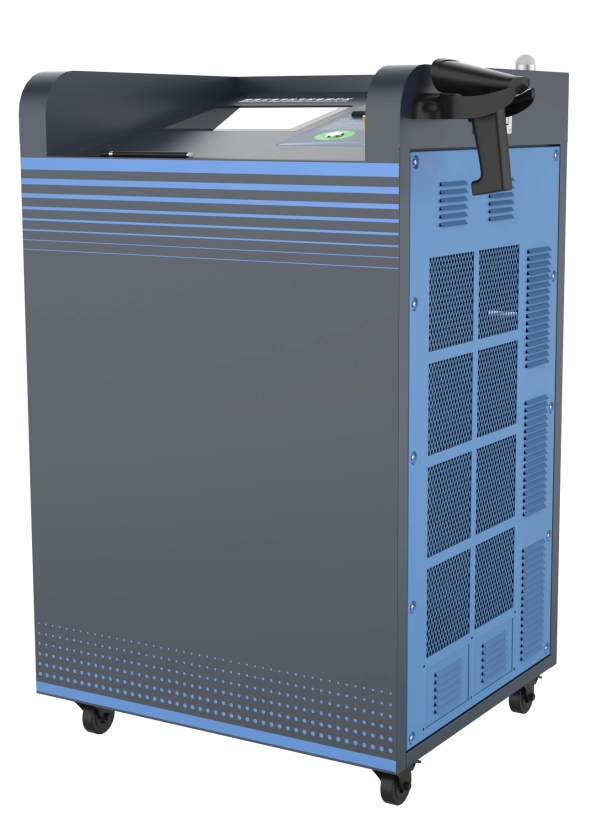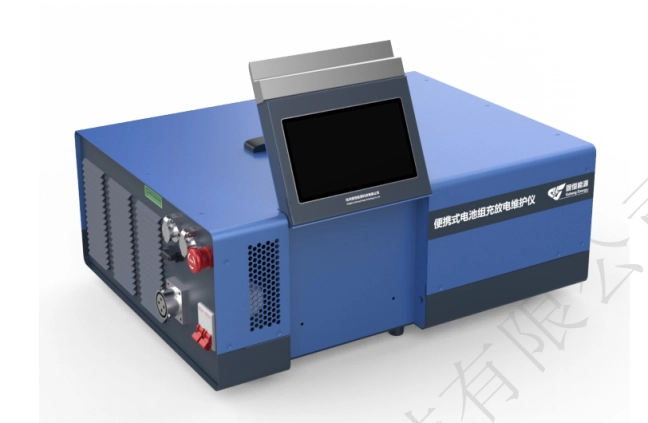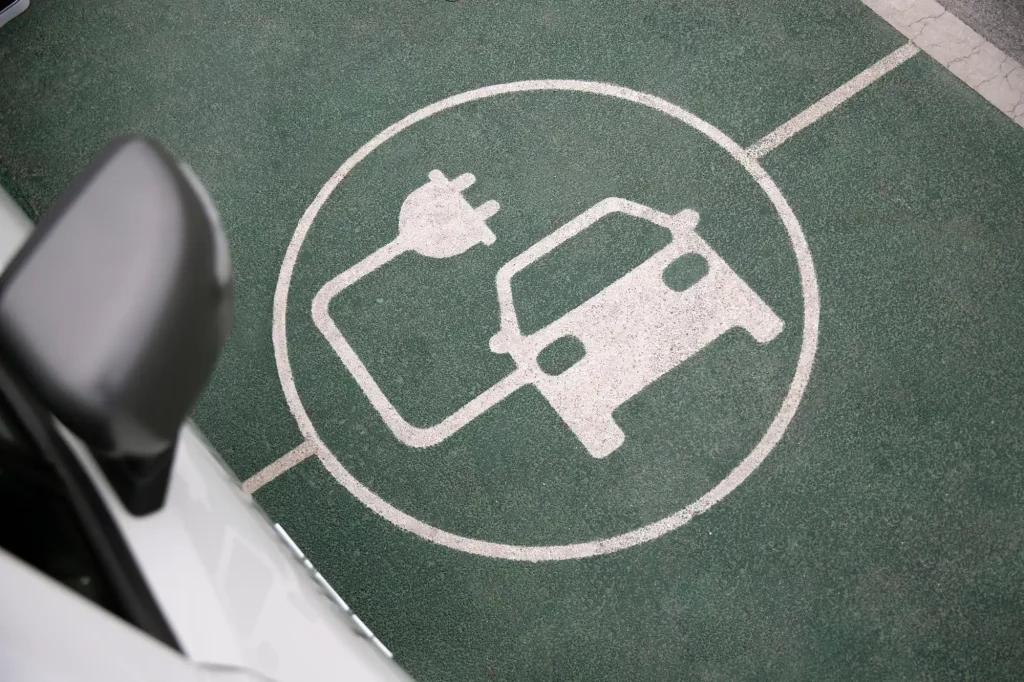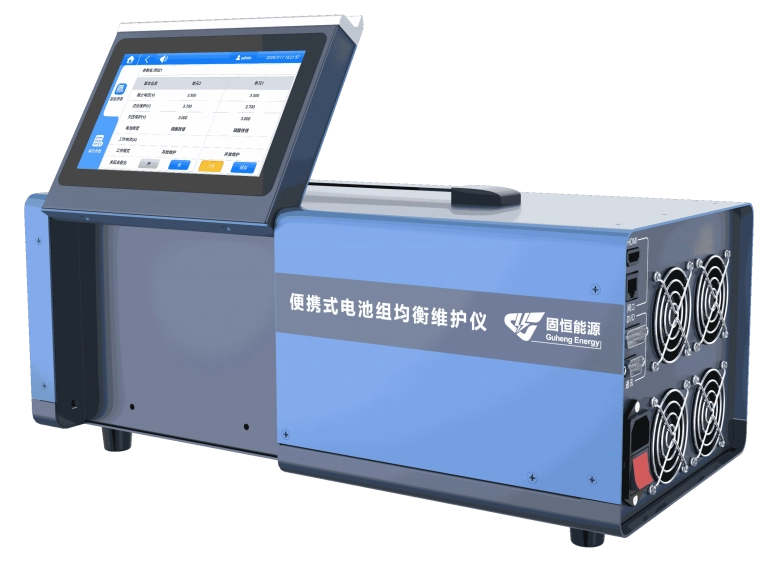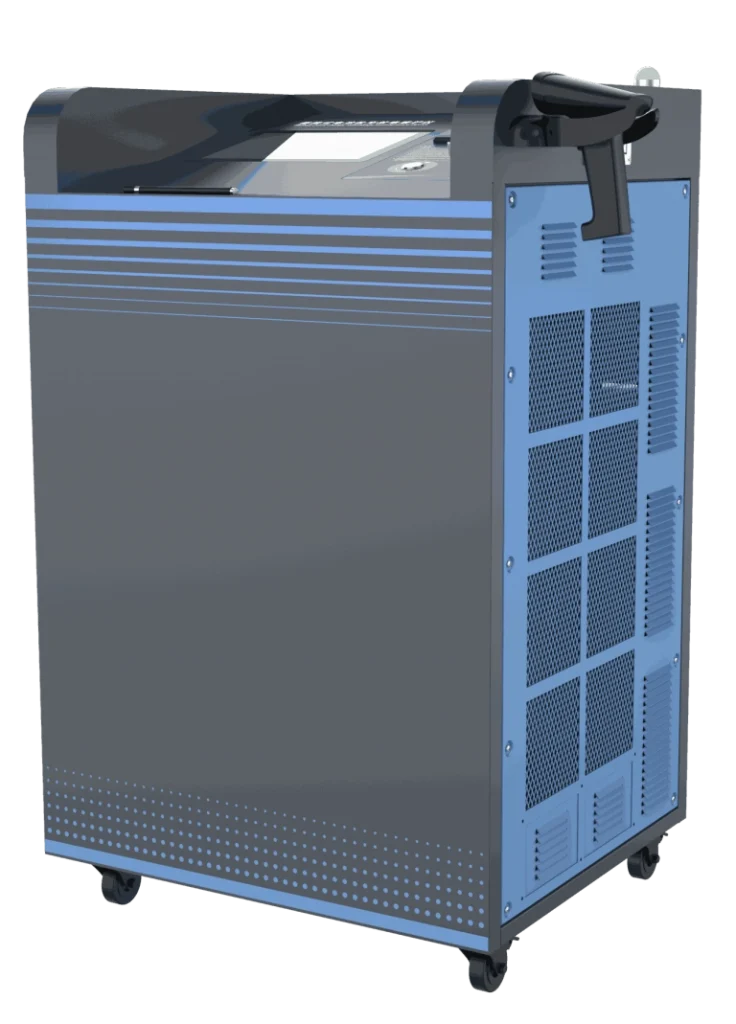With the vigorous development of the new energy industry, energy storage battery packs are increasingly used in power systems, renewable energy storage and electric vehicles. As a core component of the energy storage system, the performance of the battery pack directly determines the efficiency and reliability of the system. As a key indicator of battery performance, capacity testing is not only an important means of evaluating the health of the battery, but also the basis for optimizing system operation. So, how to efficiently test the capacity of energy storage battery packs? This article will start with the significance, methods, steps and precautions of capacity testing, and provide you with comprehensive guidance to help improve the management level of energy storage systems.
The significance of capacity testing
Why is capacity testing necessary?
The capacity of an energy storage battery pack refers to the amount of electricity it can store and release under specific conditions, usually measured in ampere-hours (Ah). Capacity testing is the core link in evaluating the battery’s state of health (SOH), and its importance is reflected in the following aspects:
- Ensure system stability: Insufficient capacity may cause the energy storage system to be unable to meet electricity demand, affecting power supply continuity.
- Support maintenance decisions: Through the detection data, aging or faulty units can be discovered in time and a scientific maintenance plan can be formulated.
- Improve economic efficiency: Accurate capacity information helps optimize battery usage strategies and reduce unnecessary waste of resources.
In practical applications, energy storage battery packs are composed of multiple single cells. Capacity decay may be caused by differences in single cell performance, increased cycle times, or environmental factors.Regular capacity testingIt is a necessary measure to ensure the long-term and efficient operation of the energy storage system.
Portable battery pack charge and discharge maintenance instrument
Portable battery pack charge and discharge maintenance instrument
Common capacity detection methods
Three mainstream technologies for capacity detection
The industry often uses the following three methods to detect the capacity of energy storage battery packs. Each method has its own advantages and disadvantages and is suitable for different scenarios:
-
- Constant current discharge method
This is the traditional standard method of discharging the battery at a fixed current to a cut-off voltage, recording the discharge time and calculating the capacity.
- Constant current discharge method
- advantage: Accurate results and easy operation.
- shortcoming: It takes a long time and is not suitable for rapid testing.
- Open Circuit Voltage (OCV)
Estimate the capacity value based on the relationship between the open circuit voltage and capacity of the battery when it is at rest.
- Open Circuit Voltage (OCV)
- advantage: No need to discharge, quick detection.
- shortcoming: The accuracy is low and is significantly affected by temperature and aging.
- Coulomb counting method
The capacity is calculated by real-time monitoring of the charge and discharge current and accumulating the power.
- Coulomb counting method
- advantage: Strong real-time performance, suitable for dynamic monitoring.
- shortcoming: Relying on high-precision sensors, initial calibration may have errors.
The following table summarizes the comparison of the three methods:
| method | advantage | shortcoming | Applicable scenarios |
| Constant current discharge method | High precision, easy to operate | Long time | Laboratory testing |
| Open circuit voltage method | Fast, no need to discharge | Low accuracy | Initial Assessment |
| Coulomb counting method | Good real-time performance | High equipment requirements | Online operation monitoring |
Depending on actual needs, a single method or a combination of methods can be selected. For example, the constant current discharge method may be preferred for laboratory testing, while the coulomb counting method is more suitable for operating energy storage systems.
Steps to efficiently detect the capacity of energy storage battery packs
Detailed explanation of the testing process
In order to ensure the efficiency and accuracy of capacity detection, the following is a standard operating procedure:
1. Preparation
- Equipment calibration: Use calibrated discharge meters, voltmeters, and current sensors to ensure accurate measurements.
- Environmental Conditioning: Keep the test environment temperature at around 25°C to avoid temperature fluctuations interfering with the results.
- Battery pretreatment: After fully charging the battery pack, let it sit for 2-4 hours to eliminate internal charge unevenness.
2. Method selection
Select the method according to the detection target. If you want high accuracy, you can use the constant current discharge method; if you need fast results, you can combine the open circuit voltage method with the coulomb counting method.
3. Perform the test
- Parameter settings: According to the battery specifications, set the discharge current (such as 0.2C or 1C) and cut-off voltage.
- Data Recording: Use automated equipment to record discharge time, voltage and current changes to ensure data integrity.
- Security Monitoring: Real-time monitoring of battery temperature to prevent overheating or short circuit.
4. Data Analysis
- Capacity calculation: In the constant current discharge method, capacity = discharge current × discharge time.
- Results comparison: Compare the test value with the nominal capacity to evaluate the degree of attenuation.
- Abnormality investigation: If the capacity deviation is large, check the cell consistency or internal fault.
5. Recording and Optimization
The results are archived for follow-up and management strategies can be adjusted based on the data, such as equalizing charging or replacing aging units.
Through this process, combined with smart devices, the detection efficiency can be significantly improved.
Guheng Energy: Reliable new energy service technology solution expert
About Guheng Energy
In the capacity detection and management of energy storage battery packs, it is crucial to choose a trustworthy partner.Hangzhou Guheng Energy Technology Co., Ltd.It is a company focusing on new energy technology services. Since its establishment in 2012, the company has been rooted in Hangzhou and is committed to providing customers with efficient and safe energy storage solutions. Guheng Energy has an experienced technical team.Focus on the development of new energy after-sales service technology, especially the development of new energy vehicle diagnosis, testing and related maintenance equipment chain, data chain and service process with large and small three electric systems as the core.Through continuous innovation, the company has provided customized services for multiple industries. Guheng Energy is your reliable technical support expert.
Notes on capacity testing
Key points to ensure successful testing
Efficient testing not only relies on processes, but also requires attention to the following details:
- Temperature control: Too high or too low temperature will affect the results. It is recommended to operate under constant temperature conditions.
- Equipment accuracy:Use high-precision instruments to avoid data distortion due to errors.
- Monomer consistency: If the performance of the monomers differ greatly, they need to be tested and balanced individually.
- Safety first: Avoid over-discharge or short circuit to ensure the safety of personnel and equipment.
In addition, regular updates to the battery management system can improve detection reliability.
How to further improve detection efficiency?
Optimization tips sharing
In addition to standard processes, the following methods can further improve efficiency:
- Automation Equipment: Use automated discharge instruments and data acquisition systems to reduce manual intervention.
- Intelligent Algorithm: Use machine learning to predict capacity decay and optimize detection frequency.
- Parallel testing:Simultaneously test multiple battery groups to shorten the overall time.
- Online monitoring:passReal-time monitoring equipment, get capacity data on the fly.
For example, Guheng Energy’s intelligent solution has integrated online monitoring and capacity detection functions, allowing users to understand the battery status at any time, greatly improving management efficiency.
Conclusion
Efficient capacity testing is a key link to ensure the performance and life of energy storage battery packs. By choosing the appropriate testing method, following scientific processes and using smart technology, you can easily understand the true status of the battery. From constant current discharge method to coulomb counting method, each method has its advantages, and flexible application is the core of improving efficiency. At the same time, it is particularly important to cooperate with reliable partners.Solid EnergyWith professional technology and rich experience, we provide strong support for the detection and optimization of energy storage battery packs. We hope that this article can provide you with practical guidance and help your energy storage project reach a higher level!
FAQ
1. How long does it take to test the capacity of an energy storage battery pack?
answer:Time varies by method. The constant current discharge method may take several hours (e.g. 0.2C discharge for about 5 hours), while the open circuit voltage method only takes a few minutes. Automated equipment can shorten the time.
2. What should I do if the capacity test results are highly deviated?
answer: It may be caused by abnormal temperature, uncalibrated equipment or inconsistent monomers. It is recommended to check the environment, calibrate the instrument and test the abnormal monomers separately.
3. How to choose the appropriate capacity testing equipment?
answer:Choose according to your needs. High-precision discharge instrument can be used for laboratory testing, and can be used for in-operation testingReal-time monitoring equipment of Guheng Energy. The equipment needs to be accurate and stable.


